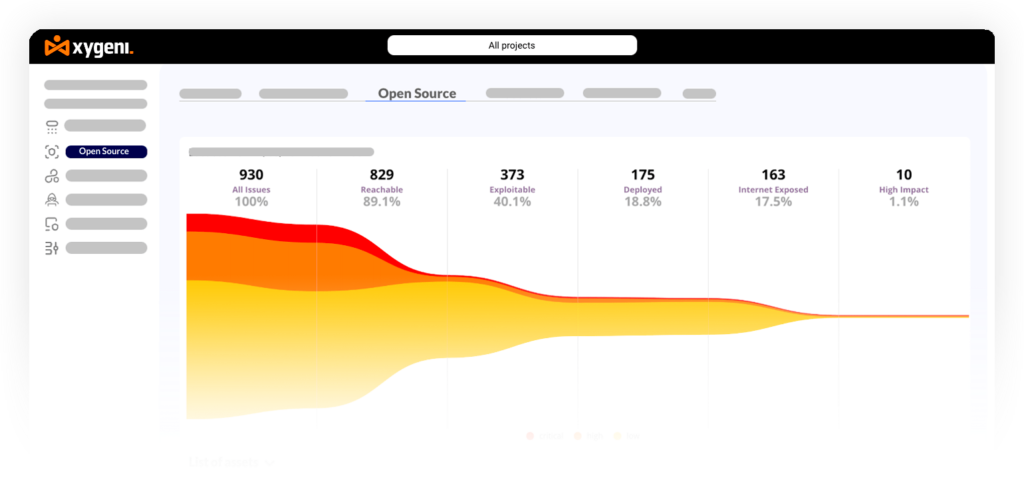Spoofing Definition for Developers
In security, a spoofing attack happens when someone impersonates a trusted source to trick systems, applications, or people. For developers, this isn’t just a textbook spoofing definition; it’s a real-world risk that appears in networks, repositories, and CI/CD pipelines. Spoofing manipulates your stack into accepting data, connections, or identities that aren’t genuine. Think of it like someone faking an identity badge to enter your office. In development terms, that “badge” could be a DNS entry, a commit signature, or a package download. Understanding what type of attack relies on spoofing is critical for protecting your workflows and keeping trust intact.
What Type of Attack Relies on Spoofing
Different vectors rely on spoofing techniques, and each can directly affect developer environments:
- ARP Spoofing: attackers inject fake ARP responses to reroute traffic inside local networks.
- DNS Spoofing: fake DNS records send users or apps to malicious endpoints.
- Email Spoofing: messages appear to come from trusted teammates or CI bots.
- Supply Chain Spoofing: malicious libraries or dependencies impersonate legitimate packages.
Each spoofing attack abuses trust. Knowing what type of attack relies on spoofing gives developers a practical map of where they might encounter it, whether inside staging servers or during package installs in pipelines.
ARP and DNS Spoofing in Dev Networks
When developers spin up staging environments or test locally, network spoofing is often overlooked. ARP spoofing can redirect container traffic to a hostile machine on the same subnet, leaking tokens or environment variables. DNS spoofing can silently redirect your service calls to fake APIs, letting attackers capture sensitive traffic.
Detection isn’t complicated. Even basic monitoring tools like arp -a checks, packet inspection, or DNS integrity validation can flag anomalies. For developers, ignoring these checks means your “safe” dev setup could be compromised before production even starts.
Email and Identity Spoofing in Code Flows
Not all spoofing happens at the network layer. In modern workflows, email spoofing and identity forgery target code collaboration itself. Fake commit authorship, spoofed PR notifications, or cloned contributor identities all erode trust in the repo.
Without commit signing (GPG or SSH), nothing stops an attacker from pushing changes that look like they came from a teammate. Developers need to treat these identity-based spoofing attacks with the same seriousness as infrastructure threats. This is part of what type of attack relies on spoofing, it’s not only about traffic but also about code ownership.
Supply Chain Spoofing in CI/CD Pipelines
One of the most dangerous forms is supply chain spoofing. Developers pulling from public registries face risks like:
- Typosquatting: a package name nearly identical to a popular one.
- Dependency confusion: injecting malicious code via internal/external namespace overlaps.
- Impersonated updates: fake versions of legitimate libraries.
These spoofing attacks don’t need to bypass firewalls; they slip directly into builds when validation is weak. In DevSecOps pipelines, failing to verify signatures or checksums means spoofed packages can propagate through every environment.
This is exactly what type of attack relies on spoofing in the most damaging way: supply chain compromises where malicious dependencies ride trusted workflows.
How Spoofing Attacks Break DevSecOps Trust Models
DevSecOps relies on automation and trust. CI/CD pipelines assume dependencies are safe, commit authors are real, and DNS resolves correctly. A single spoofing attack can undermine all of that.
- ARP/DNS spoofing breaks network assumptions inside test clusters.
- Email spoofing injects false approvals into PR reviews.
- Supply chain spoofing poisons dependencies across builds.
These aren’t abstract risks. They represent real developer pain: wasted hours debugging “weird” staging issues, unexplained credential leaks, or production incidents caused by a poisoned package. This is why a clear spoofing definition isn’t academic; it’s part of day-to-day code security.
Prevention Strategies for Developers
Avoiding spoofing attacks means building trust checks into your workflow:
- Code signing: enforce signed commits and package signatures.
- Dependency verification: check hashes and use lockfiles to pin versions.
- Strict DNS/ARP monitoring: validate traffic inside dev and staging networks.
- CI/CD guardrails: block unsigned or suspicious artifacts before they reach production.
- Identity enforcement: require GPG or SSH verification for contributors.
For developers, prevention is about automation. Don’t rely on manual reviews; integrate spoofing detection and blocking into your pipelines.
So, why does Spoofing Matter for Developers?
Now that you have read this post and know the spoofing definition, you know that a spoofing attack isn’t just a network trick; it’s a direct threat to developer workflows. From ARP and DNS spoofing in staging servers to supply chain spoofing in CI/CD, these attacks exploit assumptions of trust across code, infrastructure, and identity.
Understanding what type of attack relies on spoofing, and how each one works, helps developers defend their environments more effectively. By adopting strategies like commit signing, dependency verification, and pipeline guardrails, teams reduce exposure and strengthen DevSecOps resilience.
To go deeper, explore resources in your security glossary and tools like Xygeni, which automate the detection of supply chain spoofing and protect pipelines from integrating malicious components. For developers building at scale, applying these safeguards is the only way to keep trust intact.














